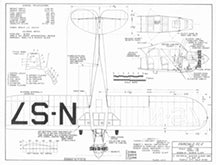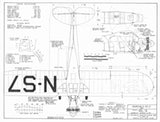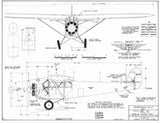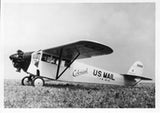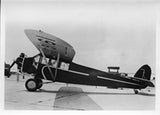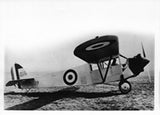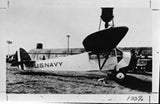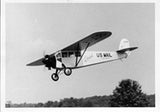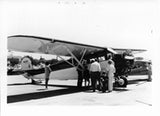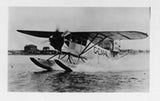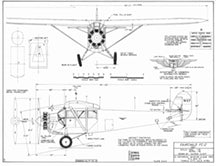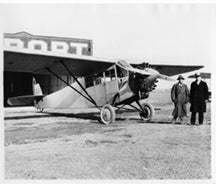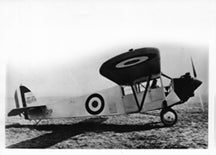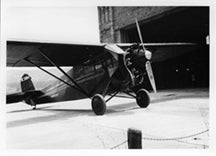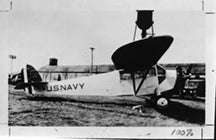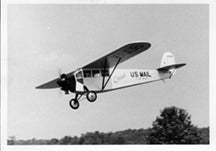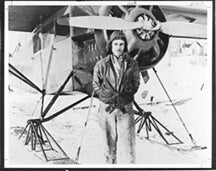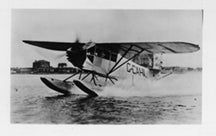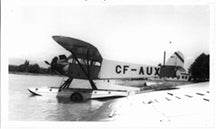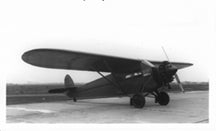Drawing - Paul Matt - Fairchild FC-2
$ 1.49
Brand Kiona Publishing, Inc.
The Fairchild FC-1 was produced in the United States in the 1920s and 1930s. It and its derivatives of light, single-engine, high-wing utility monoplanes were designed to provide a camera platform for Sherman Fairchild's aerial photography and survey business, Fairchild Aerial Surveys.
The prototype FC-1 first flew in June 1926. Initial flight tests found the Curtiss OX-5 engine inadequate. A Wright J-4 with double the horsepower was substituted and the aircraft was then designated FC-1A. Fairchild felt it had commercial potential, so in a slightly revised form, it was put into production as the FC-2.
The commercial aircraft differed from the prototype. It had increased cabin area and was offered with a choice of engines. It was offered with wheels, skis, or floats as well. Early aircraft were fitted with only three longerons in the fuselage’s rear, which gave the aircraft a “Razorback” appearance. Later series eliminated this distinctive feature.
Designed with aerial photography in mind, the FC-2L featured an enclosed and heated cabin. It also had extra windows for improved downward visibility.
Specifications:
- Crew: one pilot
- Capacity: four passengers / 820 lb
- Length: 31 ft 0 in. (9.45 m)
- Wingspan: 44 ft 0 in. (13.41 m)
- Height: 9 ft 0 in. (2.74 m)
- Wing area: 290 ft2 (26.9 m2)
- Empty weight: 2,160 lb (980 kg)
- Gross weight: 3,600 lb (1,633 kg)
- Powerplant: Wright J-5, 200 hp (149 kW)
- Maximum speed: 122 mph (196 km/h)
- Range: 700 miles (1,127 km)
- Service ceiling: 11,500 ft (3,500 m)
- Rate of climb: 565 ft/min (2.9 m/s)
* All downloadable drawings and photos are high resolution — 300 dpi

